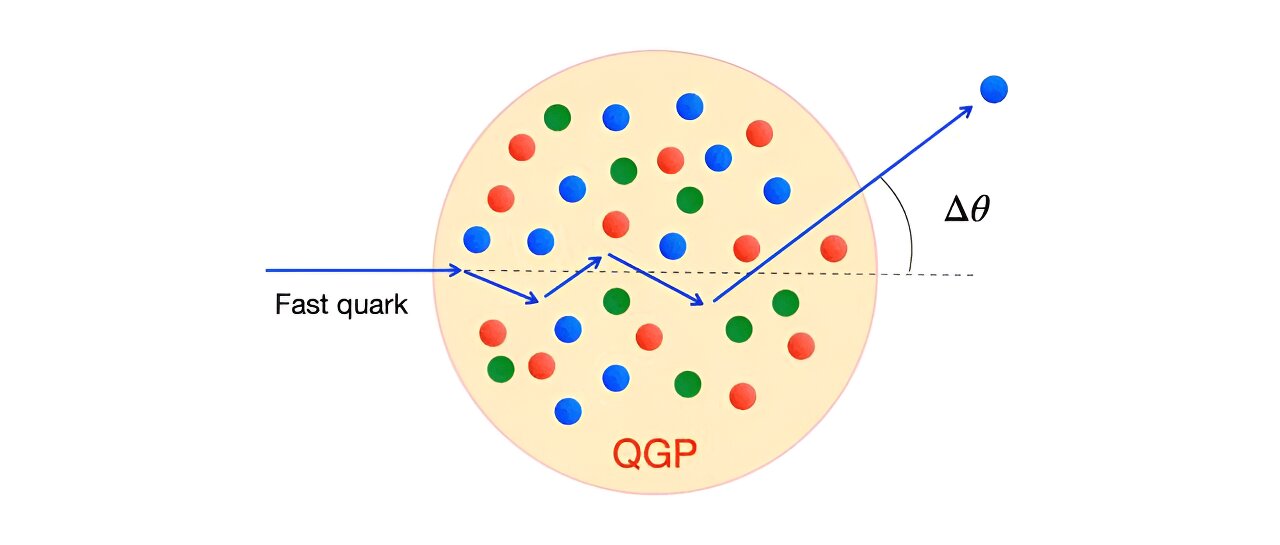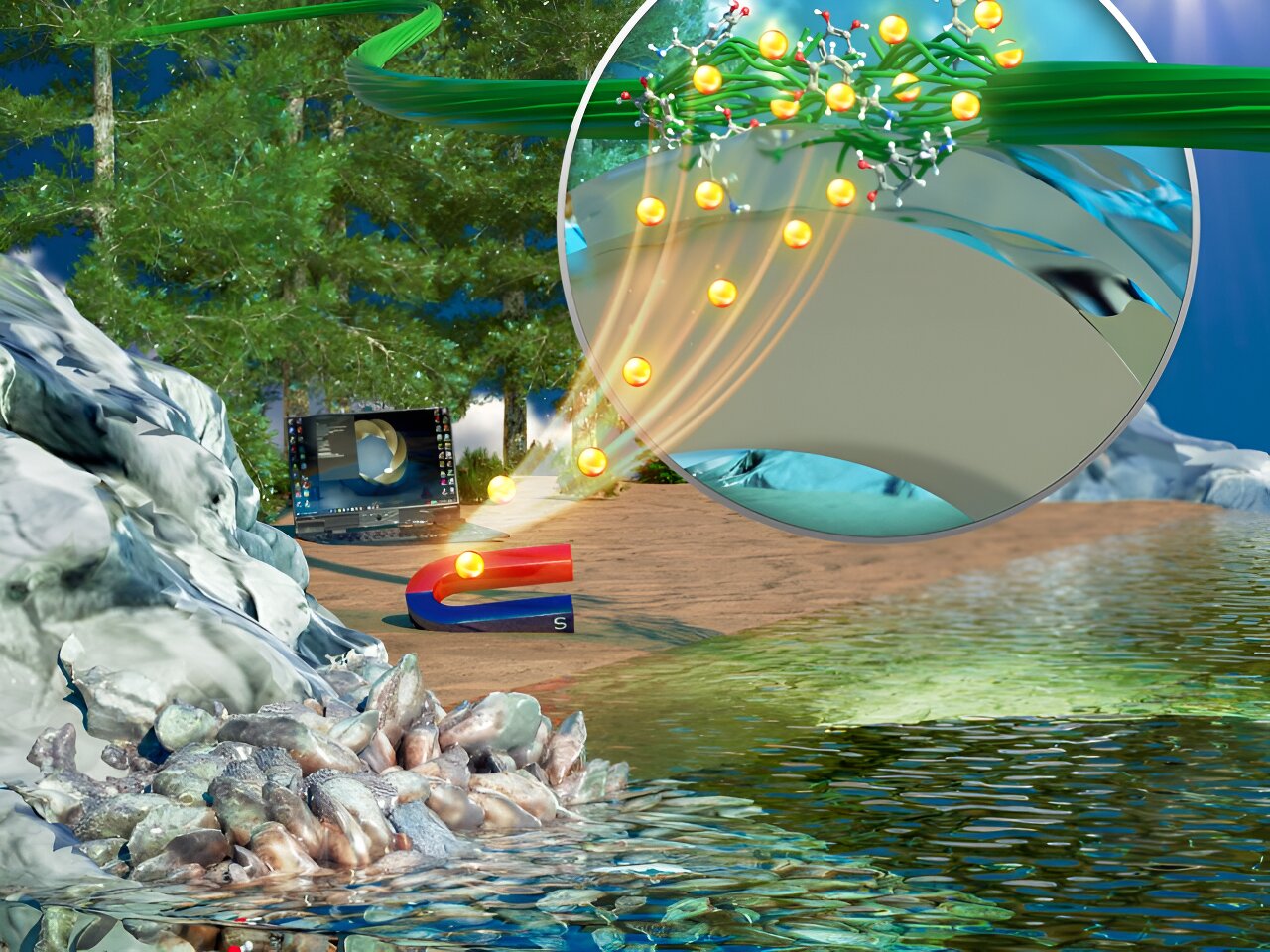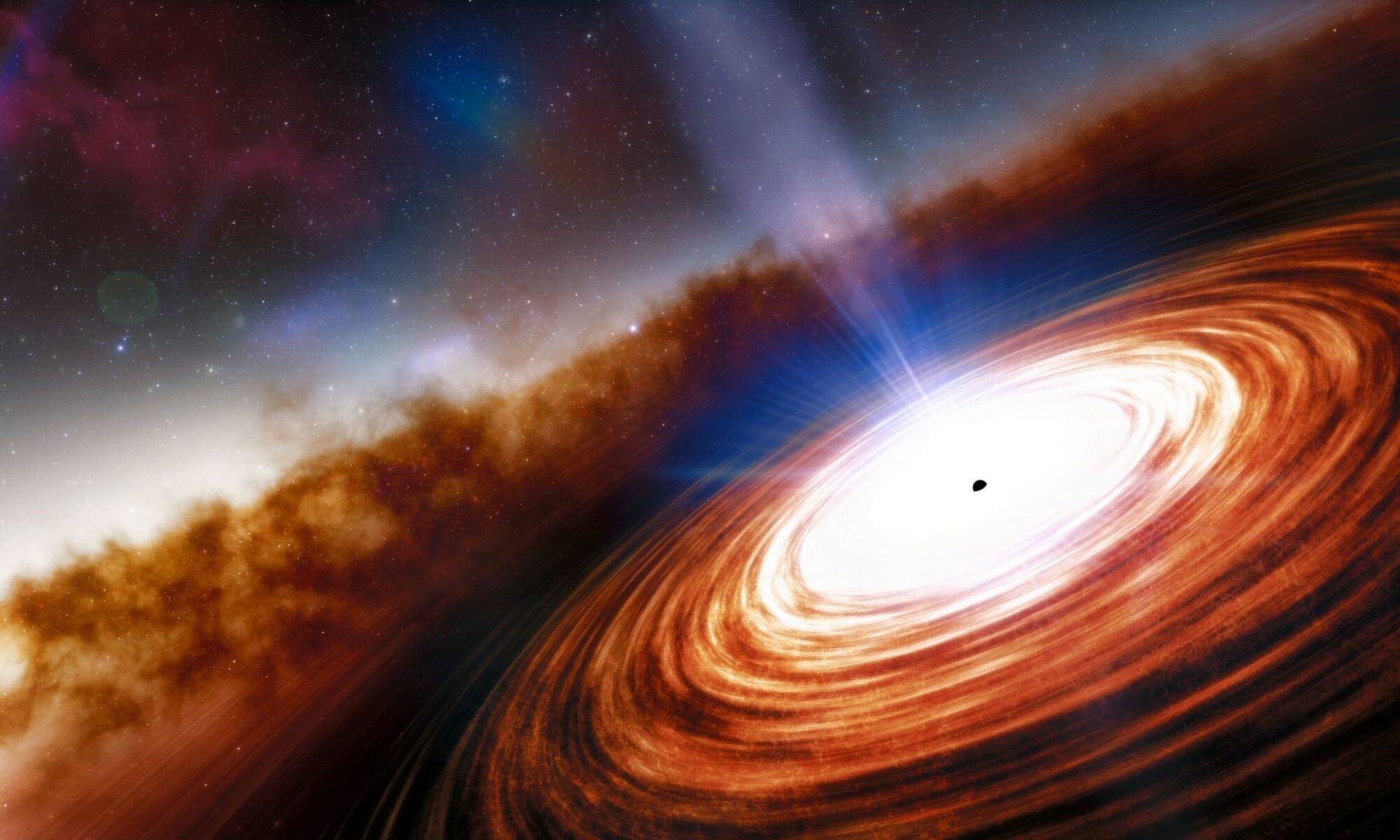Get ready for a mind-blowing journey into the depths of the universe! Scientists are using powerful colliders to smash atomic nuclei together and create a quark-gluon plasma (QGP) – a fascinating “soup” of quarks and gluons, the fundamental building blocks of matter. This QGP filled the early universe, and now we have the chance to study its properties by tracking high-energy jets of quarks as they travel through it.
Scientists used to assume that local interactions with the quarks and gluons would deflect these energetic particles. However, recent theoretical calculations, which take into account non-local quantum interactions, suggest something even more mind-boggling – a super-diffusive process. This means that the complex interactions in the QGP can deflect quarks faster and at wider angles than what local interactions alone can explain.
Early calculations based on the theory of strong interactions led scientists to believe that jets would undergo a diffusive process, similar to how pollen particles on a pond’s surface get “kicked” around by water molecules. But now, nuclear theorists at Brookhaven National Laboratory have discovered that including non-local quantum effects predicts significant deviations from this expected diffusion pattern in the QGP. In fact, these effects suggest that energetic jets will undergo a super-diffusive process, broadening the angle of the jet faster than local interactions alone can explain.
This groundbreaking research has been published in the Journal of High Energy Physics and Physical Review D. But the excitement doesn’t stop there! We can put these predictions to the test by tracking energetic jets in the QGP created during high-energy heavy ion collisions at the Relativistic Heavy Ion Collider and the Large Hadron Collider. Brace yourself for a thrilling adventure into the mysteries of the universe!
,,,








